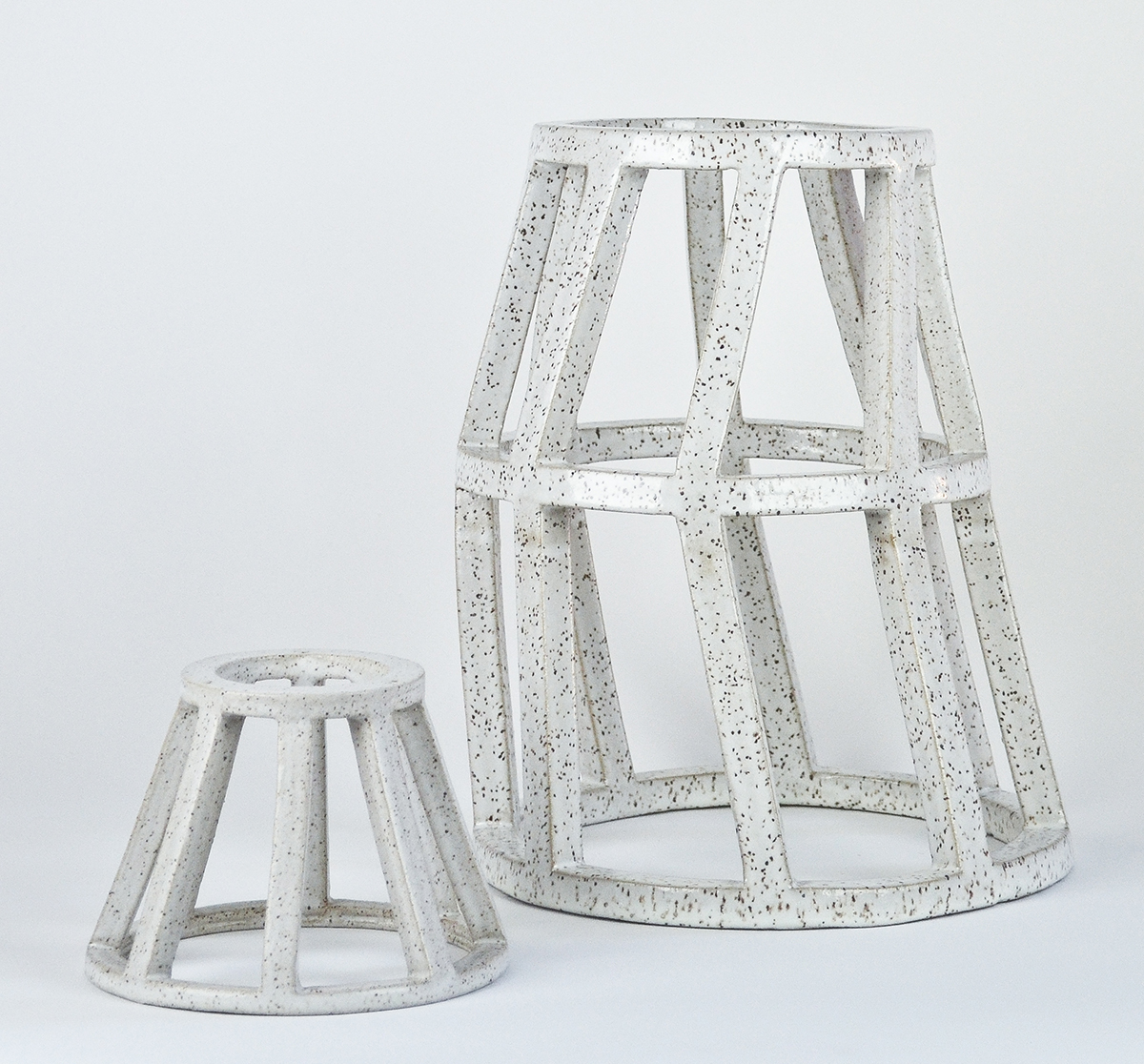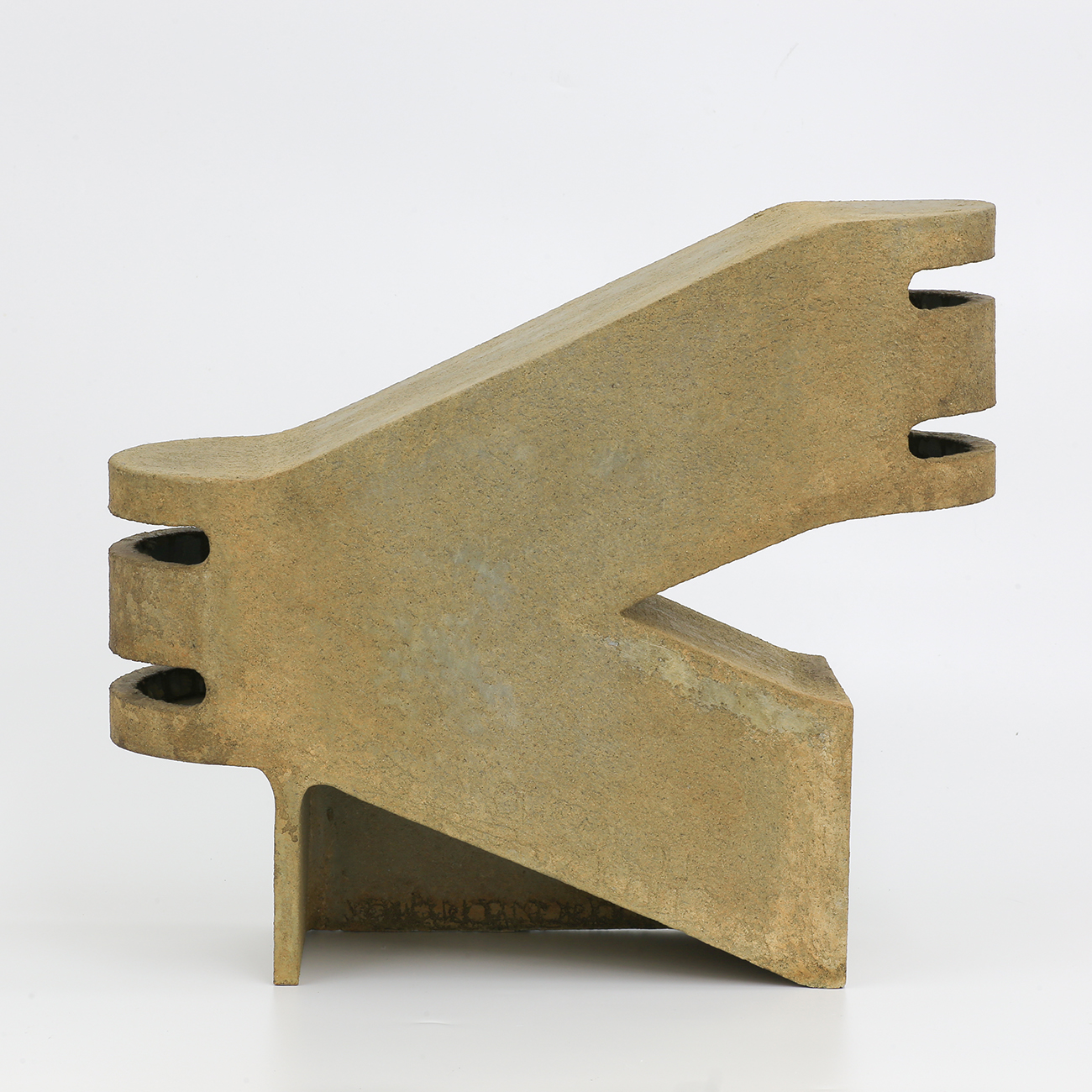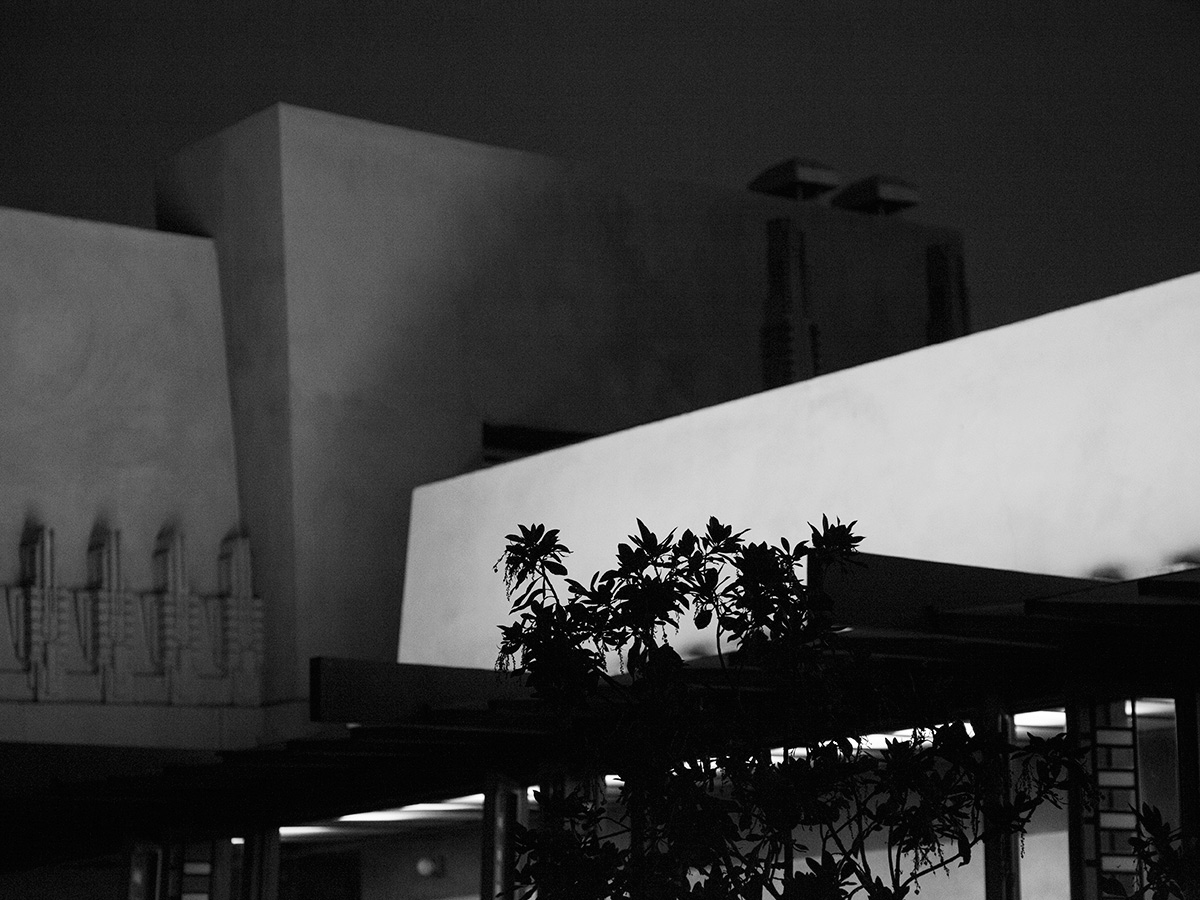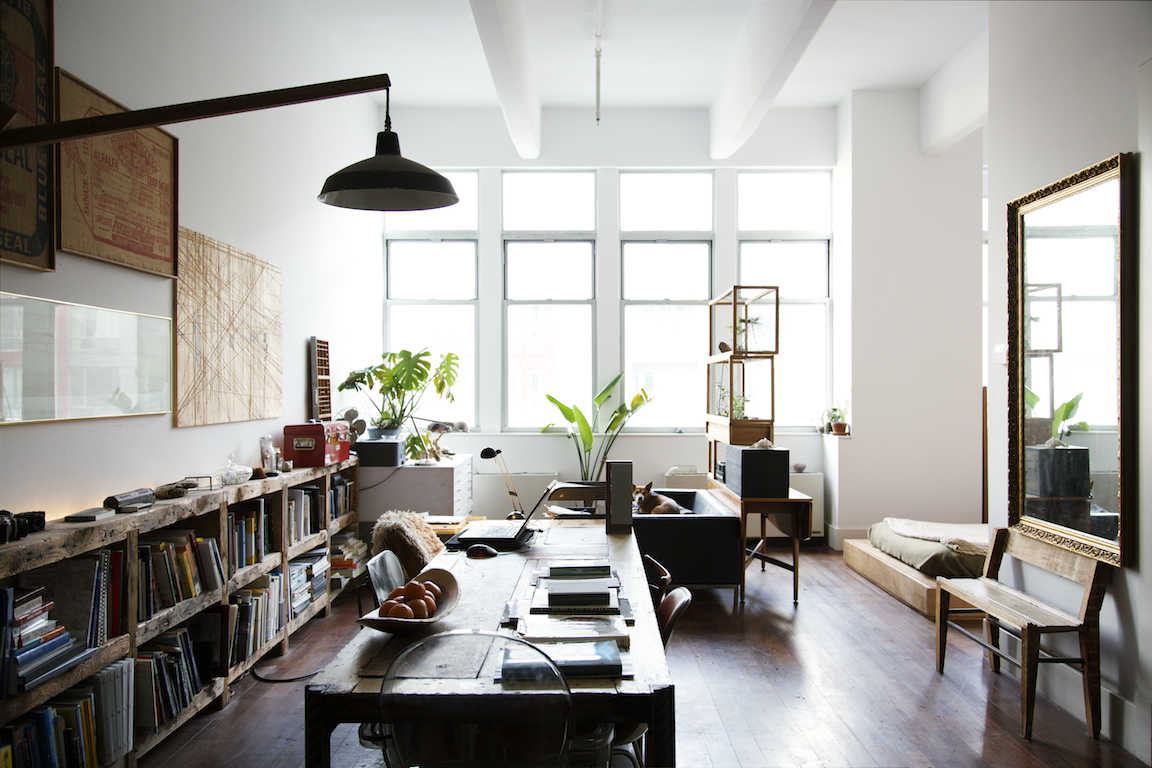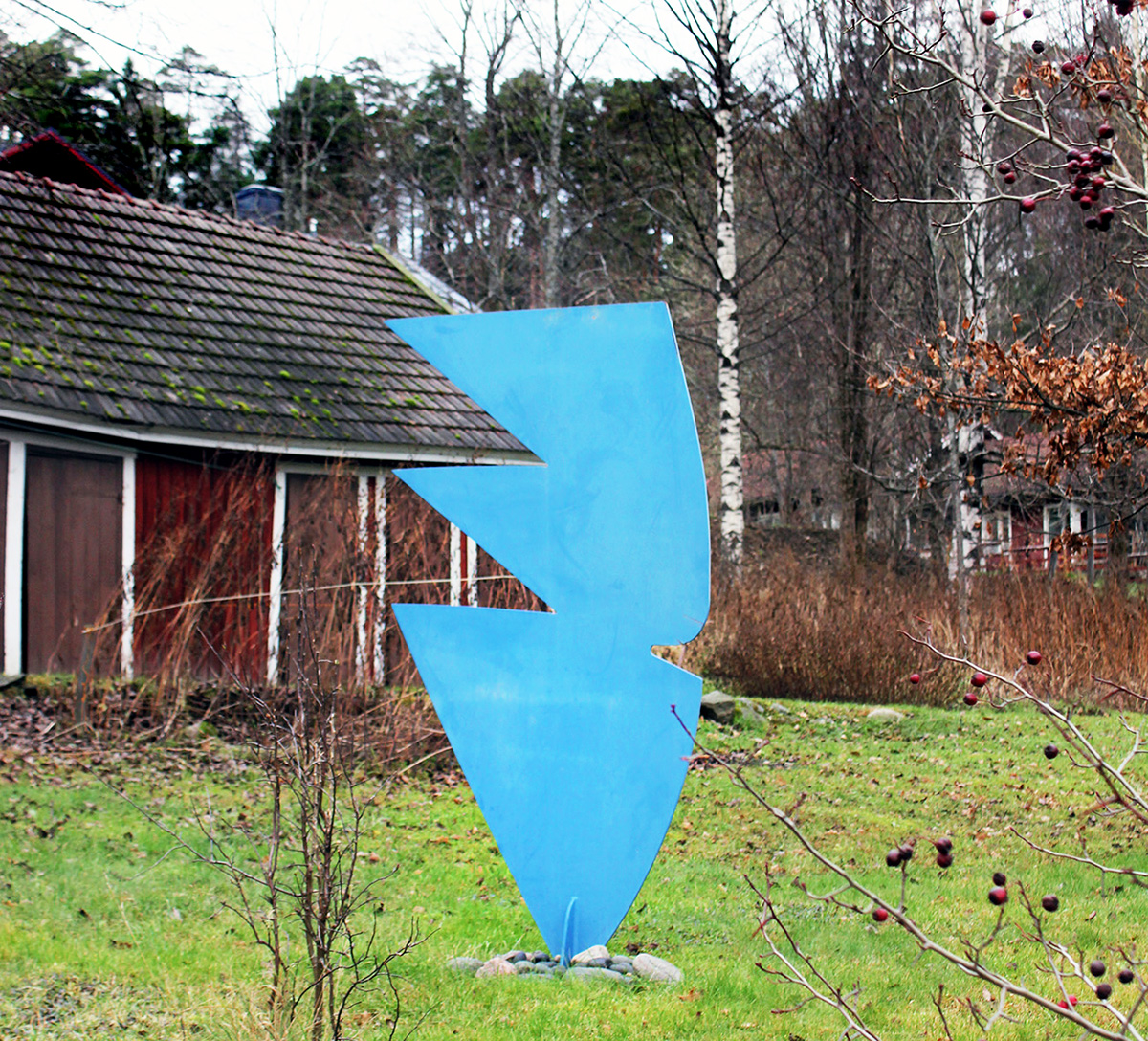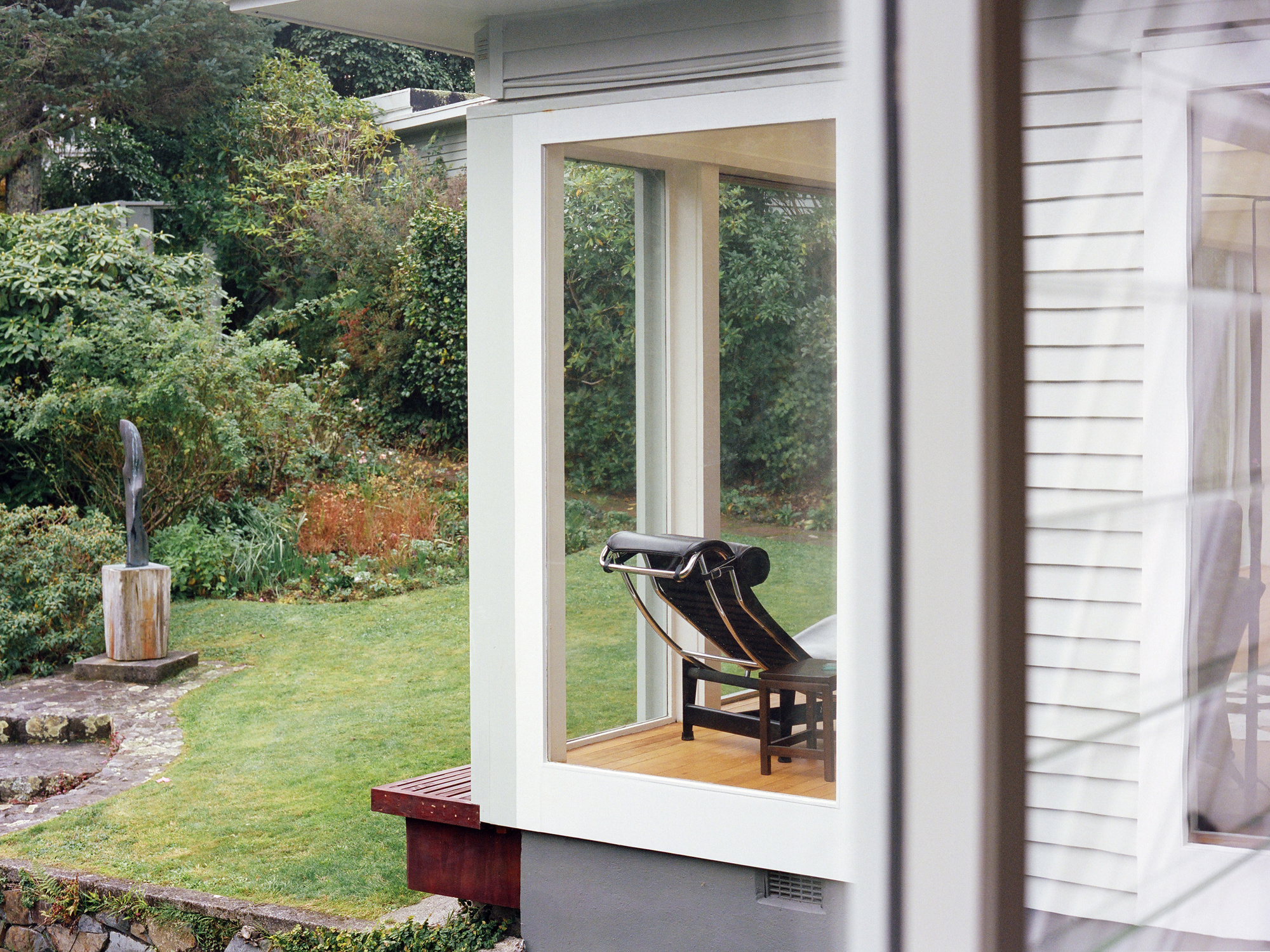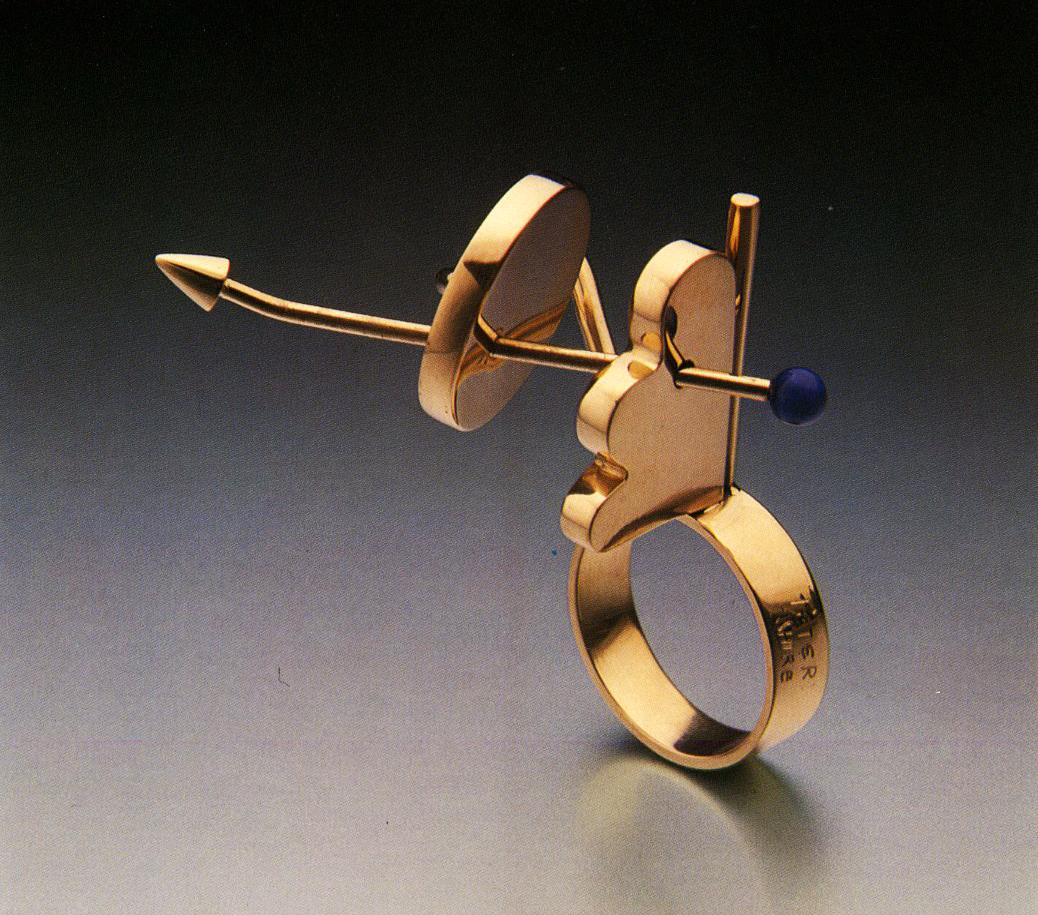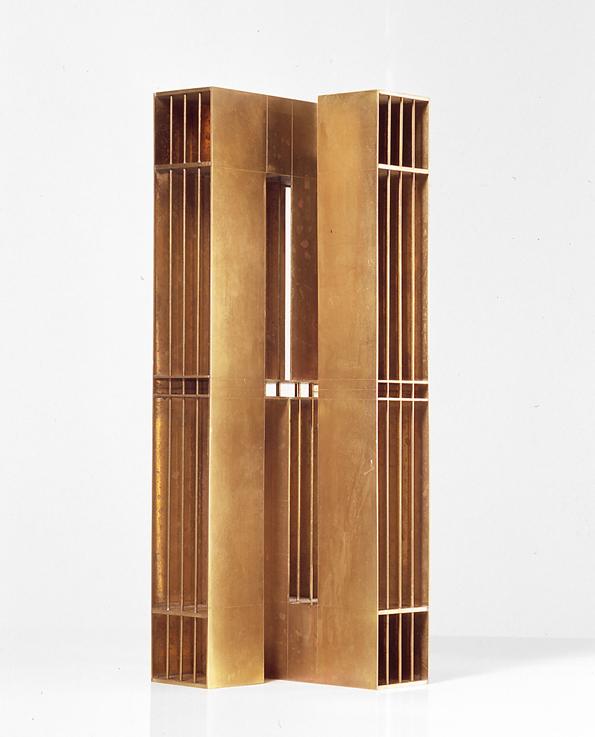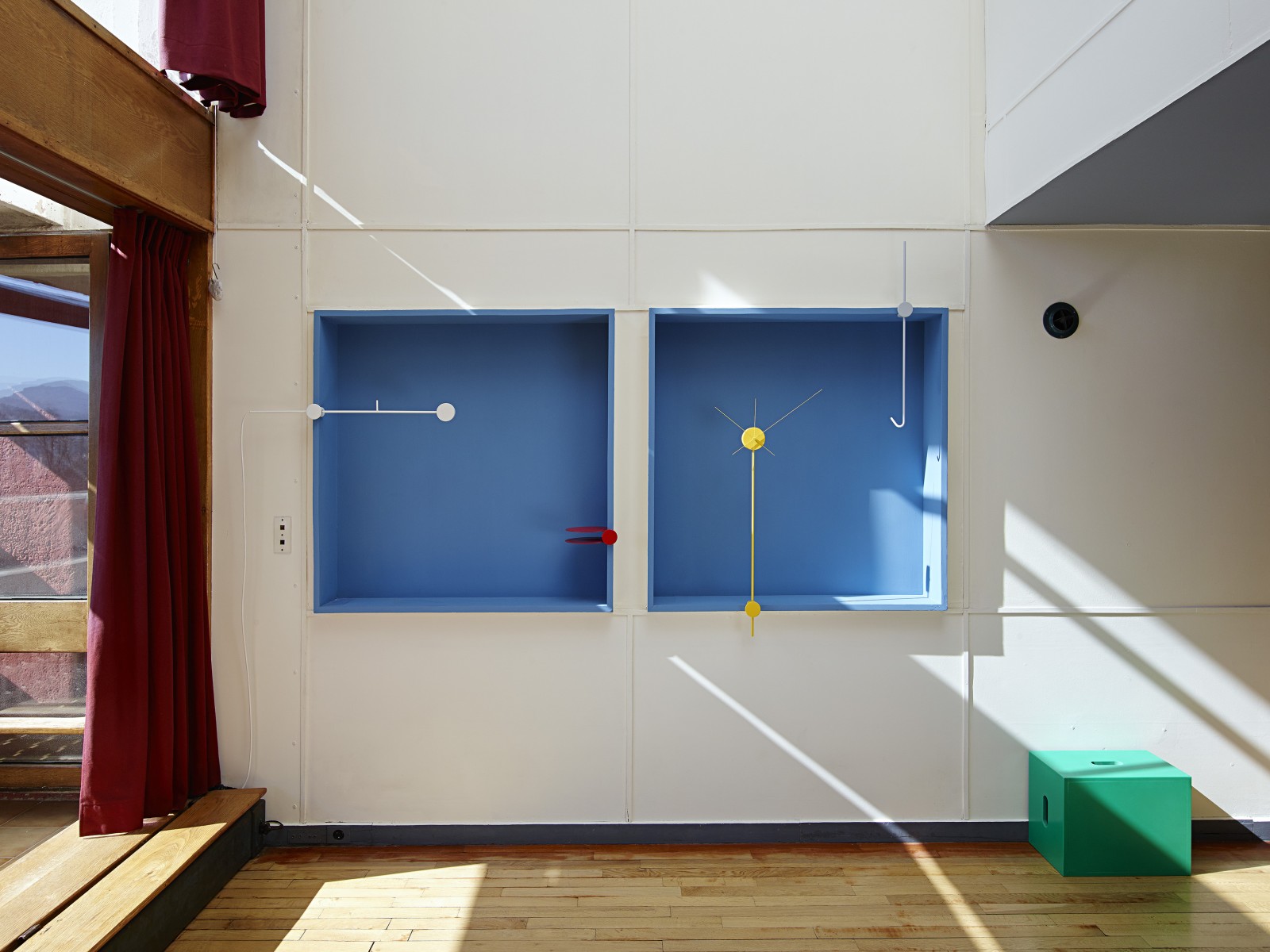
06.12.15
Excerpt: Exhibition
ECAL Takes Over Apartment 50 in Le Corbusier’s Radiant City
Since it was renovated in the early 2000s and restored to its original 1952 condition, Apartment 50 in Le Corbusier's famous Cité Radieuse housing complex in Marseilles, France, has played host to a rotating cast of designers — Jasper Morrison in 2008 followed by the Bouroullecs, Konstantin Grcic, and, perhaps most successfully, Pierre Charpin. But a group of Swiss design students may have just completed our favorite intervention yet.


